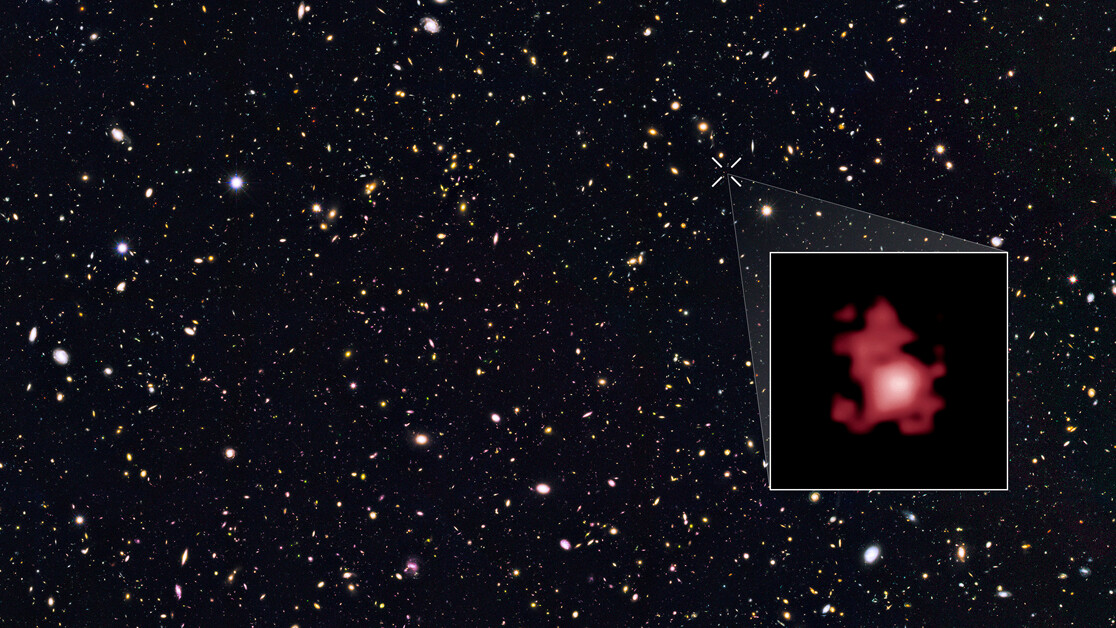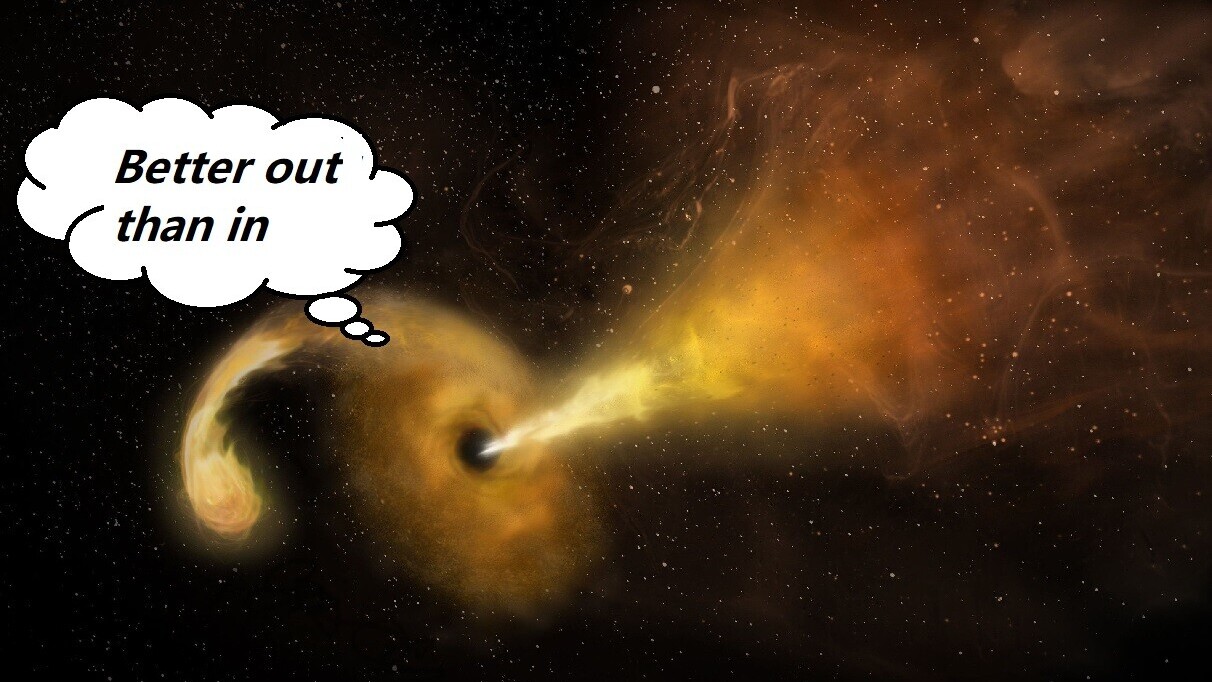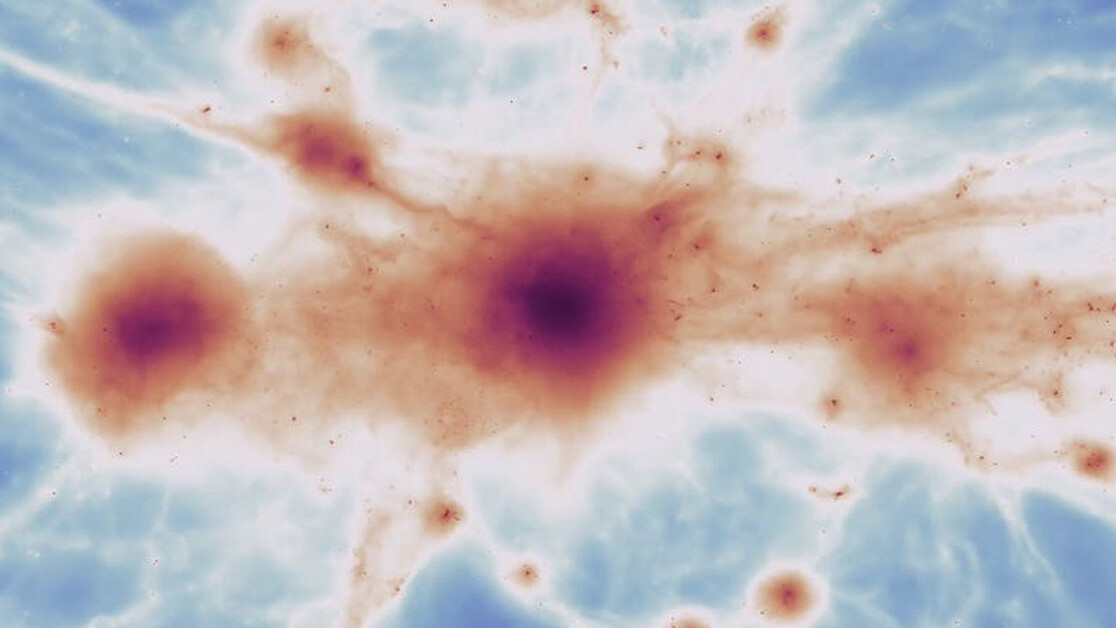All Articles for
Observable Universe
In Big Bang cosmology, the observable universe consists of the galaxies and other matter that can, in principle, be observed from Earth in the present day—because light (or other signals) from those objects has had time to reach the Earth since the beginning of the cosmological expansion. Assuming the universe is isotropic, the distance to the edge of the observable universe is roughly the same in every direction.



